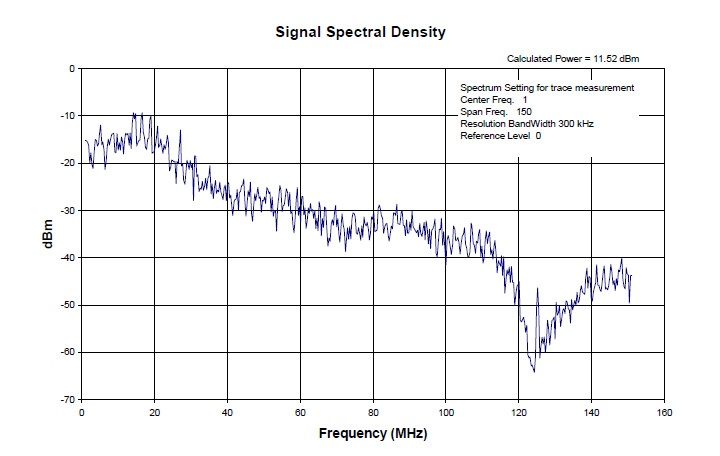It's called a "strawman argument" in the discussion of logical fallacies, though.

I am finding this interesting and amusing, So I will reply.
Strawman? nah ,
it has been argued that square waves are made of sine wave components, I was arguing that a square wave may be broken down to sine wave components, but THAT doesn't mean the square wave was composed of them, in an application based, real world.
A square wave in a car indicator system is a very simple example of that! The current is surely a square wave, it does not contain any sine waves, nor within that application, sine waves are relevant.
Now if you put
that square wave into an analyser, you will see that it is not perfect and detect sine wave components, but who cares?
Within car indicator application, we have our square wave, period.
I for one can't comprehend how a discussion about perfectly shaped squares (which no one ever needs a digital signal to be) relates to digital audio anything. We engineers use formulas to model all the time - and models don't have to represent a fundamental natural truth, they merely have to work in the real world.

Anyone that thinks F = m*a will question if Newton was a moron given relativity and quantum physics, but the fact is that the formula works perfectly in its domain. Engineers couldn't be any less interested in fundamental, universal natural truths. [Of course it helps to understand domain-specific physics very well).
It is argued that once a digital pulse or square wave enters a conductor, it becomes analogue because it no longer is a perfect square wave (or pulse). I am arguing that within hifi (not telecom, not TV transmission, not ultra high data rate, not ....) digital audio transmission through a conductor, with in short distances (remember Hifi environment ) the pulses, the square waves are, indeed square!
Any deformations/deviations because of the conductor, for as long as the receiver can lock on to the data stream and capture it, are irrelevant.
I am arguing that the notion that square waves do not exist in the real world, and all are composed of sine waves in all environments and applications, is false.
Within reason and within the scope of the application, square waves do exist.
I do understand Fourier analysis, and that mathematically a square wave can be broken down to a series of sine waves, but that blanket, mathematical definition does not apply to a car indicator system. Hence why I used it.
enough for tonight - If by now I have not given anyone food for thought, then I am wasting my breath and your times.
With respect and thanx to all who replied.



